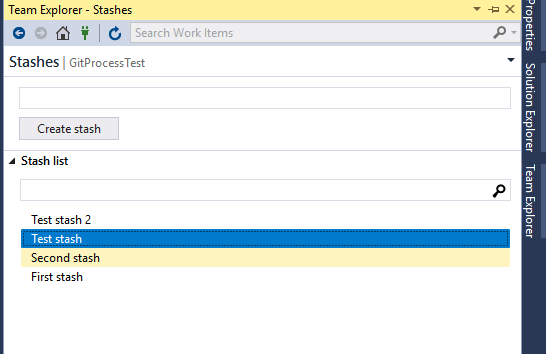

Only need this procedure if your work was merged into a branch that Provides a clear timeline and development structure. You should follow this process, which preserves the history and To undo changes in the remote repository, you can create a new commit with the changes you Undo remote changes without changing history

This output shows the repository history, including: You can use stash.showStat and/or stash.showPatch config variables to change the default behavior. When you make a change, but have not yet staged it, you can undo your work.Ĭonfirm that the file is unstaged (that you did not use git add ) by running git : checkout: moving from master to 97436c6 Then merge that new branch using the regular git merge.
You make in Git are only in your local development environment. 1) Create a branch out of your stash entry by using the git stash branchUntil you push your changes to a remote repository, changes When you have already pushed to a remote repository and you want to:Ĭoordination with team and force pushes).When you’re working locally and haven’t yet pushed to a remote repository.You can undo changes at any point in this workflow: You can then share the file with other developers, by committing to a remote repository ( git push).You commit the file to your local repository ( git commit).You add the file to your local repository ( git add), which puts the file into the staged state.If it’s new, it is not yet tracked by Git. For more advanced examples, refer to the Git book.
CANCEL GIT STASH POP CODE

Undo staged local changes without modifying history preamble: perhaps you weren't aware of it: git stash actually stores changes in git by creating a commit (a regular merge commit).


 0 kommentar(er)
0 kommentar(er)
